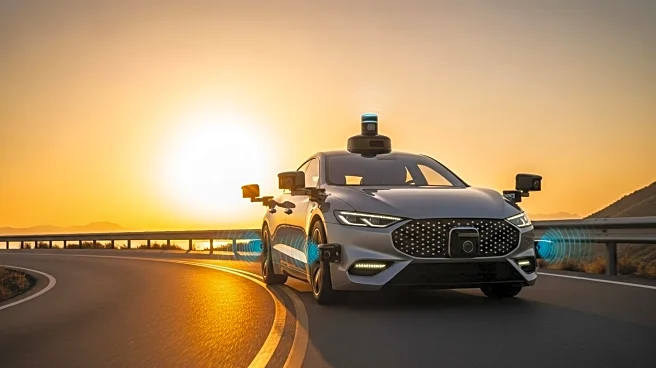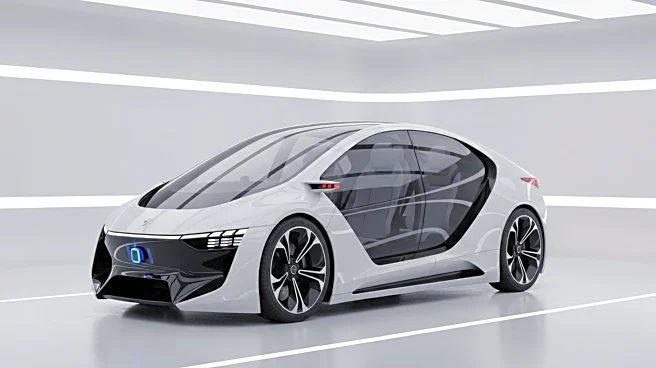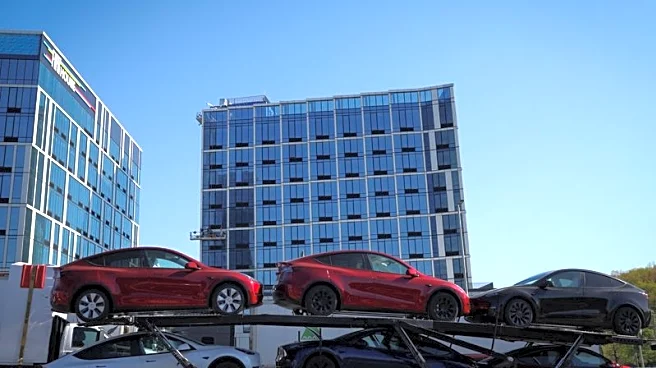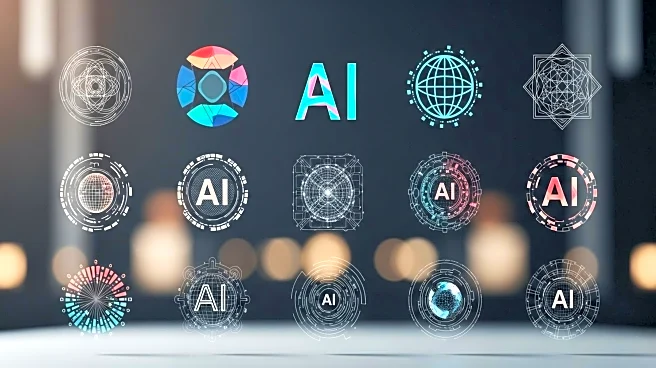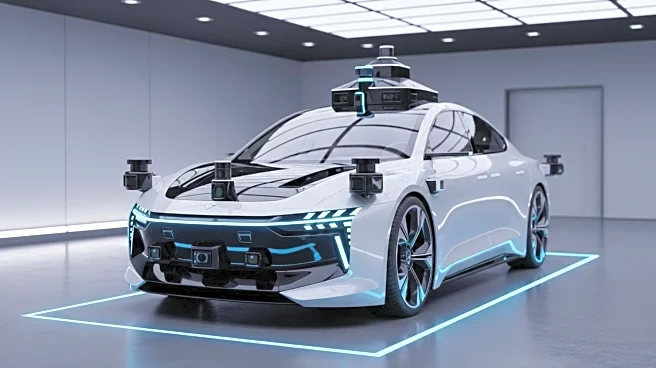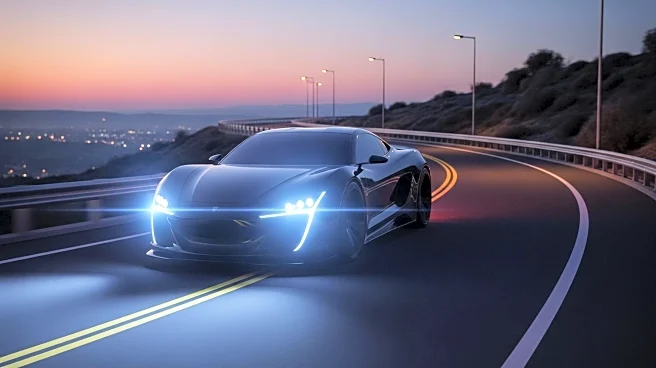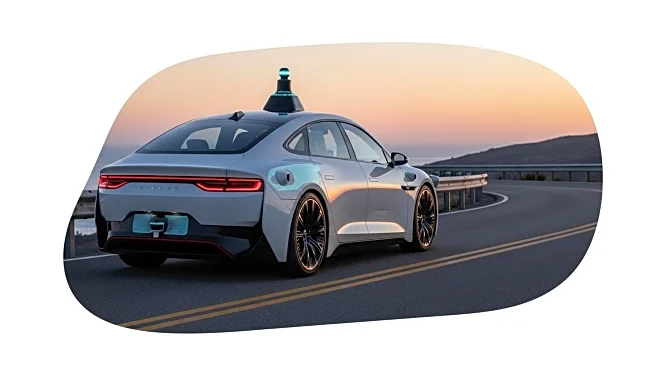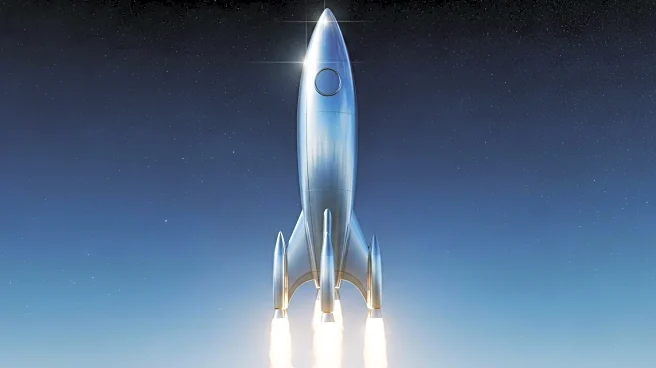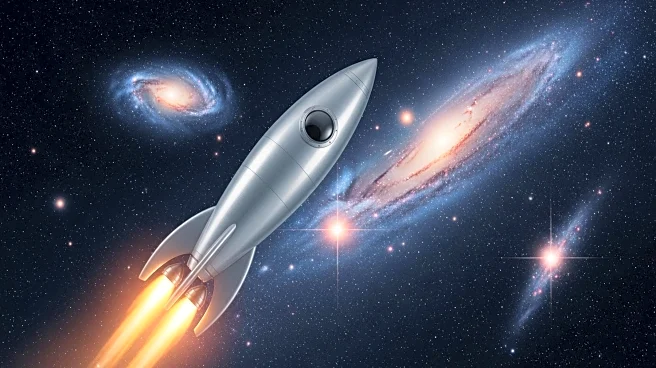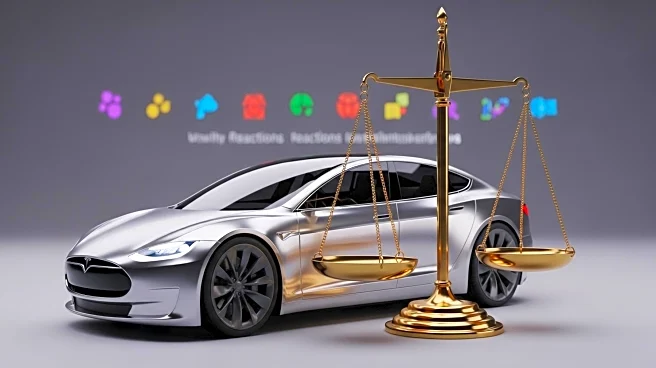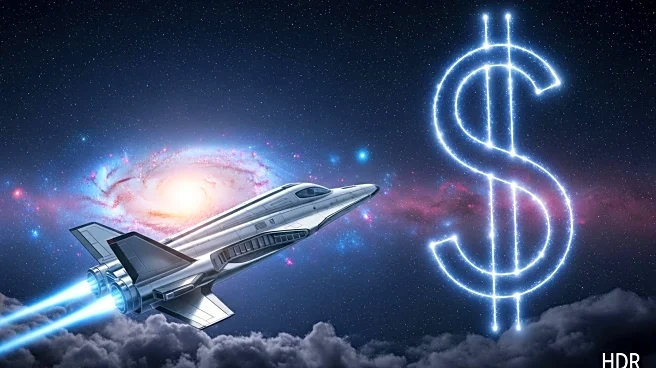What is the story about?
What's Happening?
Tesla CEO Elon Musk has reiterated the company's commitment to a vision-only approach for its self-driving cars, eschewing LIDAR technology. Musk argues that Tesla's use of cameras and neural networks mirrors human driving capabilities, which rely on vision rather than laser-based systems. This approach is central to Tesla's strategy for developing autonomous vehicles, despite concerns from some investors about the absence of LIDAR, which is used by other companies to enhance vehicle safety and navigation.
Why It's Important?
Tesla's decision to focus on a vision-only system is significant for the future of autonomous driving technology. By avoiding LIDAR, Tesla aims to reduce costs and simplify vehicle design, potentially leading to faster deployment and broader adoption of self-driving cars. However, this strategy also places pressure on Tesla to demonstrate that its technology can safely handle complex driving scenarios without the additional data provided by LIDAR.
What's Next?
Tesla will need to continue refining its vision-based system to ensure it meets safety standards and gains regulatory approval. The company's progress in this area will be closely watched by investors and industry analysts, as successful implementation could significantly enhance Tesla's market position and financial performance.
Beyond the Headlines
The debate over LIDAR versus vision-only systems reflects broader questions about the future of autonomous vehicles and the role of technology in ensuring road safety. As Tesla and other companies push forward with self-driving innovations, regulatory bodies will need to establish clear guidelines to protect public safety while fostering technological advancement.
AI Generated Content
Do you find this article useful?
